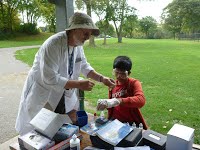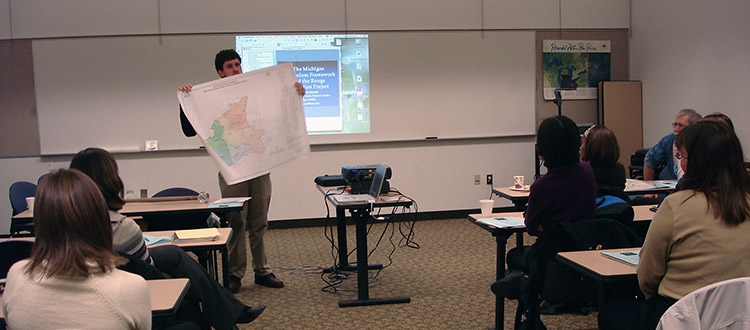If you are a teacher interested in learning more about joining the Rouge Education Project, please fill out this form.
The Rouge Education Project was established in 1987 in response to public health concerns regarding the Rouge River.
Dr. William Stapp, a professor at the University of Michigan-Ann Arbor, believed students could help assess the problems and challenges facing the river and become agents of change for their community. He and his assistant, Mark Mitchell, authored the Field Manual for Water Quality Monitoring, which is still used today in its 13th edition (ISBN: 978-0757555466).
Students, teachers, and volunteers that participate are providing a service to the Rouge River communities.

Participant Responsibility
- Every school is required to pay a “fair share” contribution fee
- $25/school for returning schools that participated in the previous year
- $50/school for returning schools that have lapsed, but still have their equipment
- $100/school for new schools that require a full set of equipment
- If sponsored by Friends of the Rouge, the fair share contribution is the only fee the school will pay. New schools joining the program that do not apply for financial sponsorship are asked to pay $1,500/middle or high school or $1,000/elementary school.
- Maintain certification as a REP teacher by attending training events periodically
- Have students complete a survey in the classroom
- Organize the field trip to the Rouge River, recruit parent volunteers (if necessary), arrange transportation
- Submit all data to Friends of the Rouge
- Complete a short evaluation of the Project each year
Content Expectations
This PDF document contains a list of content statements with correlating specific content expectations that the Rouge Education Project achieves through its K-12 Water Quality Monitoring Programs.
